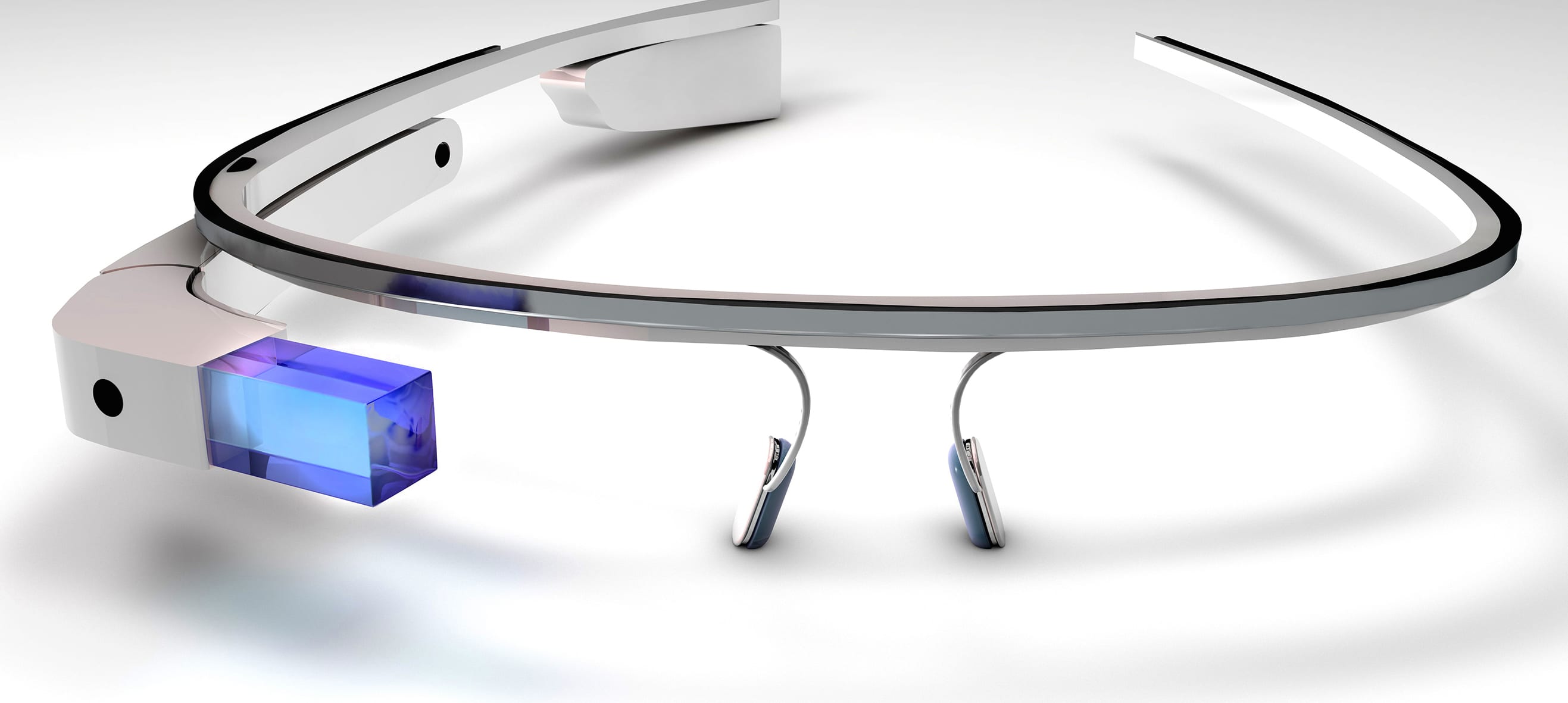The wearable technology debate hit fever pitch last summer when Google rolled out Glass, its futuristic $1,500 headset that created major buzz — and some heady predictions. Gartner estimated that smart glasses could save field service organizations $1 billion per year by 2017.
And then, in early 2015, Google yanked Glass from the online shelves to focus on R&D, admitting that its public debut was premature. But industries like field service and manufacturing were bright spots, making us wonder whether service executives could still expect those billion-dollar returns.
To find out, we spoke with Eric Johnsen, VP of business development at APX Labs, whose smart glasses software platform, Skylight, is being used in nuclear power plants and a Boeing assembly facility, among other locations. Before joining APX, Johnsen launched and led Google’s Glass at Work program aimed at developing Glass apps for workers who need lots of information — and free hands — to do their jobs. Think smart glasses were a passing fad that service leaders should ignore? Think again. It’s only a matter of time before they’re standard fare in technicians’ increasingly high-tech toolkits, Johnsen says.
Tell me a bit about APX Labs and how your software platform works.

Eric Johnsen
We’re an enterprise software company for wearable devices. Right now, we’re focused on smart glasses because there are high-value use cases around smart glasses in the enterprise. Field service is a great example — and it’s our bullseye industry.
We’re device-agnostic, so customers can use whatever model is best for their business. In some cases, a heads-up display like Google Glass might be the right form factor. For others, augmented reality devices, such as the Epson Moverio or the Microsoft HoloLens [expected availability in 2016], might work better.
What’s the deal with Google Glass, anyway? Is it still a viable option for businesses?
Absolutely. Google concluded its explorer program on the consumer front. They learned a lot and are using those learnings to work on the next consumer version of Glass. But on the enterprise side, Google found that Glass’ current form factor works great. The company is actively supporting it in the enterprise, and businesses can buy as many Google Glass sets as they want.
Why should field service leaders invest in smart glasses technology right now?
For companies in industries like field service and manufacturing, it’s mission-critical that a large set of remote workers have their hands free while they do their jobs. Until recently, these workers — we estimate it to be 40 million people in the U.S. alone — were largely using pencil and paper. There just hadn’t been batteries small enough, computers fast enough or wireless networks ubiquitous enough to make smart glasses work. But we’re there now technologically.
Curious whether smart glasses are right for your organization (or do just want to see Google Glass in action)? Meet the APX Labs team at Maximize 2015 (May 13-15, San Francisco). Enter code ‘FSD’ at checkout to save 25%
Even if the hardware isn’t perfect for every company, there’s a lot of other work that needs to be done. Service leaders need to integrate smart glasses with their company’s third-party systems that hold data. They need to change work processes and set up training programs. My advice for reluctant executives is to start small. Be laser-focused on a pilot with a strong business value, and prove it out. But if you wait, your competitors will pass you by.
Unleashing data stored in third-party systems to smart glasses-wearing techs seems powerful. What types of integrations have companies already done?
Accenture worked with a major oil and gas supplier to integrate APX’s software with Microsoft Lync, the company’s live video standard for knowledge workers. As a result, employees in the field, which are about half of the workforce, are now connected to every employee via live video.
Boeing is another customer. How does an aircraft manufacturer use smart glasses?
Boeing is using Google Glass and running APX software to assemble wiring harnesses. To understand how the company uses Glass, you need to understand how its teams previously built these harnesses.
Every aircraft has miles of wiring, but it’s not one long, continuous wire. The wires branch out from the cockpit to the wing, the engine and then the passenger compartment. Boeing engineers would sit at stenciled tables up to 100-yards-long and reference printed manuals to assemble a harness. Quality is critical. If a technician connects the wires incorrectly, the engine won’t start. That’s a big problem that would cost a lot of time and money to fix.
Watch: How Boeing engineers use Google Glass to assemble jet wiring harnesses.
Now, those teams use Google Glass to match wires to the proper connectors. They’re moving faster, more efficiently and are more accountable because engineers can confirm the work is done properly. And if there’s an issue, they can audit the process to see what went wrong. Boeing is anticipating double-digit returns in quality and productivity, not to mention the safety benefits.
Any other interesting examples of service organizations that’ve seen big gains from smart glasses?
One of our customers is a nuclear power producer. There’s a safety process called “lockout/tagout” when technicians perform maintenance and need to shut down the power. In the past, they sent out two people. One person did the work, and the other person validated the work was done properly.
There are two issues here. One is the productivity hit of sending two people to do the work. The other is a safety issue. In a nuclear power plant, there’s a very real risk of being exposed to radiation any time somebody enters the facility. But with smart glasses, one person does the work and receives tasks via live video; the other person follows along in the control room.
See APX Labs’ smart glasses software in action at Maximize 2015 (May 13-15, San Francisco). Field Service Digital readers receive a 25% discount by entering code ‘FSD’ at checkout. Register today!


Share this: